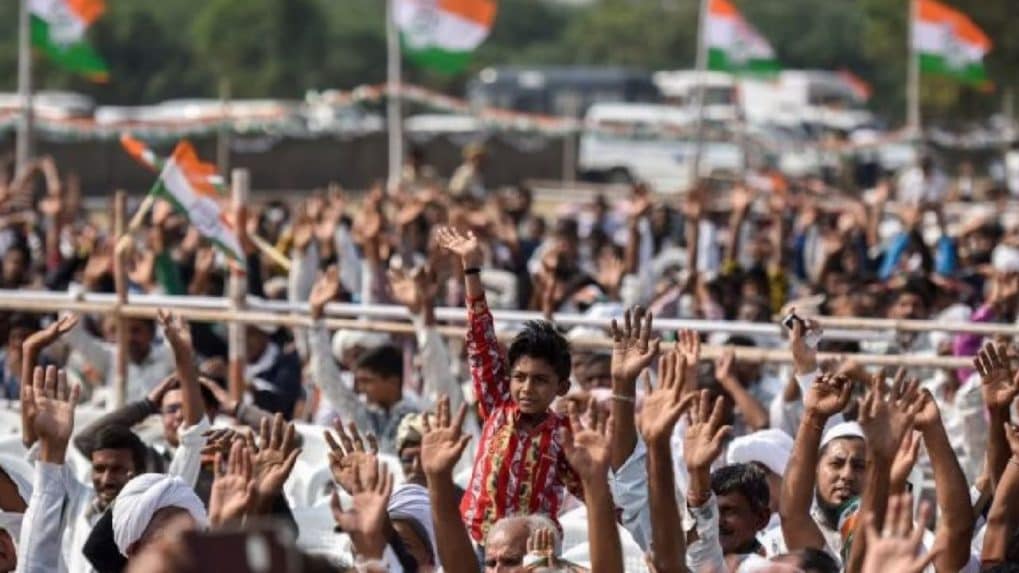Digital
Why OpenAI is hiring 100 ex-bankers: Inside the ChatGPT-maker's secret project to automate Wall Street's grunt work

While political parties might not be selling shampoos and toothpaste, their need to reach voters is very similar to that of any FMCG brand or any other brand advertising their products and services across media channels. Here's a breakdown of how political party media planning and buying works, highlighting similarities and differences with traditional marketing.
Similarities
Targeted reach: Both political parties and brands avoid the ‘one size fits all’ approach. They personalise messages and hyper-localise campaigns to resonate with specific audiences and voters in different markets. Personalisation includes not only designing campaigns with local messaging but also working on the choice of media depending on the audience, their preferences and their issues.
Media agencies: Both use the services of media agencies like GroupM, Ogilvy and others to design, plan and buy media. These agencies manage media campaigns for political parties just like they do for commercial brands.
Bharatiya Janata Party (BJP), for instance, is working with Sam Balsara-led Madison Media for media planning and buying operations for the upcoming 2024 general elections. Madison Media also works with a host of top brands like Asian Paints, Marico, Titan, TVS, McDonald's and Ceat among many others.
Differences
Scale and focus: Political campaigns tend to be more geographically focused and short term compared to FMCG brands with national or international reach and long-term campaigns. Direct deals and smaller agencies: Political parties sometimes bypass agencies and deal directly with local media organisations in smaller markets. The parties often send out feelers to top executives of media companies who directly deal with the client for special markets, campaigns and other initiatives.
Payment terms: According to industry insiders, for political advertisements media organisations require upfront payment as mandated by the Indian Broadcasting Federation (IBF) and Indian Newspaper Society (INS). This is unlike brands that often negotiate discounts and payment terms and have no hard and fast rule on upfront payments.
Media rates: Political parties pay a premium for media space, sometimes even 20 percent more than the standard rate card price. This is due to the short-term nature of campaigns and high demand during election season. Other brands, on the other hand, typically negotiate discounts on rate cards due to long-term contracts. Vendor networks: Large agencies may subcontract political media buying to smaller vendors for better local reach and connections. Political parties may also leverage personal relationships with media agency personnel for deals, especially before elections.
From purpose-driven work and narrative-rich brand films to AI-enabled ideas and creator-led collaborations, the awards reflect the full spectrum of modern creativity.
Read MoreIn a wide-ranging interview with Storyboard18, Sorrell delivers his frankest assessment yet of how the deal will redefine creativity, media, and talent across markets.